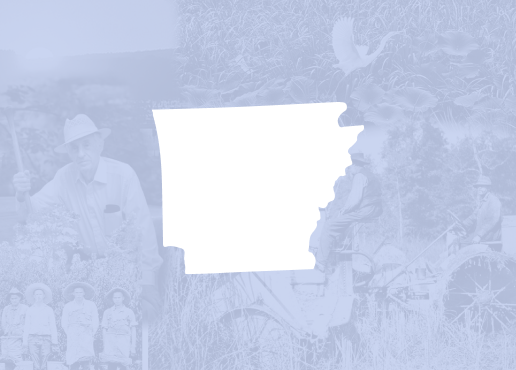calsfoundation@cals.org
Arkansas Forestry Commission
The Arkansas Forestry Commission (AFC) was established by Act 234 of 1931 and amended by Act 48 of 1939. Its initial responsibilities included fire control, education in fire safety, and forest management. Its activities have expanded to include oversight of rural and volunteer fire departments, disaster response, assistance with private land management, tree seedling nurseries and genetics, educational programs for the Arkansas public schools, urban forestry, and participation in events such as Arbor Day and Earth Day throughout the state. As of 2011, the Arkansas Forestry Commission has nine district offices statewide and smaller offices in almost every county in Arkansas. With the passage of Act 1978 of 2005, the Arkansas Forestry Commission was combined with the Arkansas State Plant Board, the Abandoned Pesticide Advisory Board, and the Arkansas Livestock and Poultry Commission to create the Arkansas Agriculture Department (later renamed the Arkansas Department of Agriculture as part of Act 910 of 2019).
The desire for wildfire protection for the forests of Arkansas motivated the formation of the Arkansas Forestry Commission. In the 1930s, wildfires were fought primarily with hand tools and by setting backfires with manual drip torches. Fire detection was accomplished by the use of fire towers located on private property. Today, both Arkansas Forestry Commission personnel and rural fire volunteers fight wildfires with a combination of fire plows, trucks, and small airplanes. Wildfire detection is done primarily from the air.
Recognizing the need for fire protection throughout the rural areas of Arkansas, the Seventy-second General Assembly of Arkansas passed Act 36 of 1979, which established a Rural Fire Protection Division within the Arkansas Forestry Commission. This division is charged with establishing, equipping, and training rural volunteer fire departments throughout the state. As a result of this initiative, the number of rural fire departments in the state has increased from 300 in 1979 to more than 1,000 in the year 2011. They provide comprehensive training programs for volunteer firefighters.
Arkansas Forestry Commission personnel are often the first called for disaster response. With the assistance of rural fire department volunteers, they clear roads for repair crews and perform search and rescue operations during natural disasters.
As an additional service to the citizens of Arkansas, the commission provides planning for land management to private landowners in the state. The first seedling nursery was established in 1934 on ten acres of land near Conway (Faulkner County). In addition, a strong genetics program is in place to improve the pine and hardwood timber for the state. In cooperation with other states, new and different varieties are grown and statistics are compared to increase profits for the timber industry and private landowners in Arkansas.
The commission is very active in educational programming in conjunction with the Arkansas public schools. The commission also works with the familiar icon Smokey Bear.
For additional information:
Arkansas Forestry Commission. https://www.agriculture.arkansas.gov/forestry/about-us/ (accessed January 25, 2022).
Arkansas Forestry Commission Collection. CALS Butler Center for Arkansas Studies. Central Arkansas Library System, Little Rock, Arkansas.
Mary Bennett Baxley
University of Arkansas at Little Rock
 Arkansas Forestry Association
Arkansas Forestry Association Deforestation
Deforestation Fire Plow
Fire Plow  Fire Tower
Fire Tower  Setting Backfire
Setting Backfire  Smokey Bear
Smokey Bear 




Comments
No comments on this entry yet.